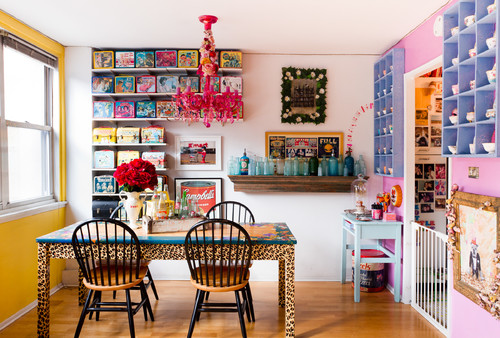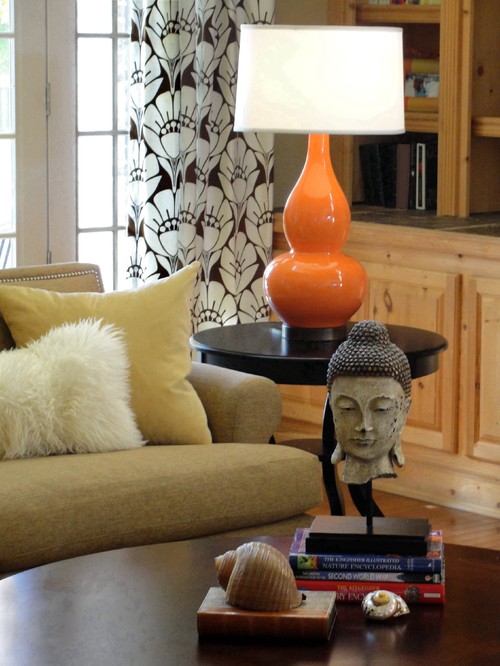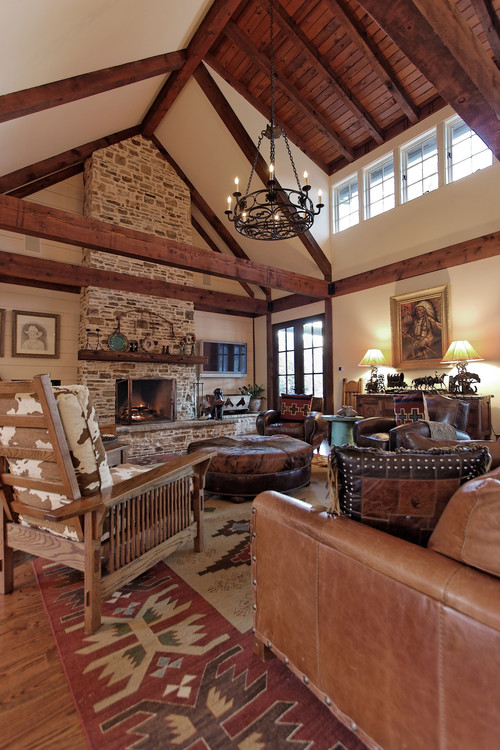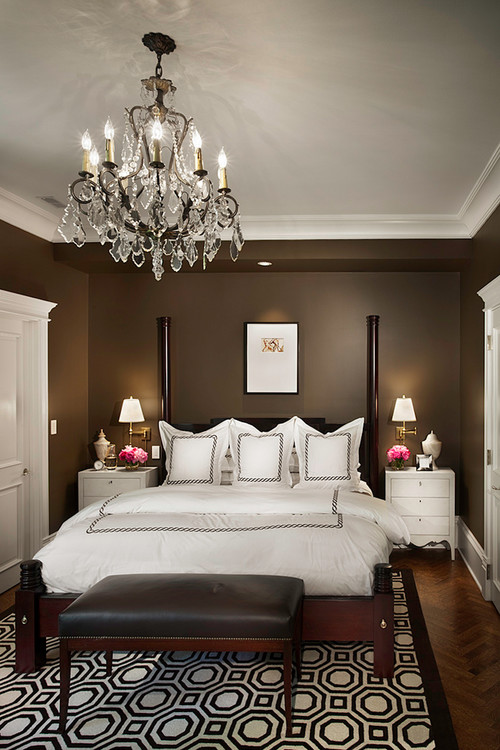Things Interior Designers Notice the Instant They Walk Through Your Door
In case you’re curious about what jumps out at interior designers when they first enter a home, here’s an unsettling glimpse, courtesy of some experts who aren’t afraid to spill the beans. But don’t beat yourself up if you recognize your home in some of these criticisms; these flaws are entirely fixable. Read on for an inspiring home decor wake-up call.
1. A wonky flow
“The first think I notice is whether or not the furniture placement promotes good flow of traffic,” notes Lorelie Brown, a Showhomes franchisee in Charleston, SC. Most living and family rooms have a focal wall that’s anchored by a fireplace or television, which means the chairs and couch should be arranged to face this point without causing you to walk awkwardly around them.
“I find this problem happens a lot in an open floor plan, with pieces defeating the whole ‘open’ idea,” she adds.
The solution: Less is more. Remove extraneous chairs and side tables to create a natural path in and out of the space.
2. Poor lighting
The wrong lighting can ruin even the best interior design.
“Usually when I walk into a home, the overall look is dark and drab because there’s not enough of the right kinds of light,” says Anna Shiwlall, a designer with 27 Diamonds in Los Angeles.
Of course, we can’t all be blessed with a flood of natural light, but you can install what you need rather easily. Sit in each chair or section of the room, and determine whether you can read easily. If not, add in the missing table or floor lamps; don’t rely on one big overhead light.
3. The insane amount of clutter

Interior designers dream of a streamlined, junk-free look, which means their eyes will immediately come to rest on the hot mess that is your bookshelf.
“Just because you have it doesn’t mean it needs to be on display,” points out Jeanne Hessen, senior designer at Closet Factory in Fort Lauderdale, FL.
Her advice? Pick and choose a few sentimental or interesting pieces to show off, and put the rest away.
4. A lack of theme
Style continuity is a big one for design pros. If your pieces don’t work well together or there’s no unifying color or theme to the rooms, the whole look can feel off.
“This seems to come from a lack of understanding of the style elements and characteristics of the pieces in the room,” explains Mark Sidell, a Closet Factory designer. Too many colors, in particular, can create a sense of disorder. Make it better by choosing a neutral palette and then introducing just a couple of coordinating hues.
5. That (ahem) smell
Truth: Interior designers make snap judgments not just on what they see, but also on what they smell. As a homeowner, you’ve become inured to your own odors, but an outsider can nail a scent right away.
Pets are the most obvious offenders, followed by cooking smells and odious candles. Fortunately, the remedy is an easy one: Open the windows as often as you can to air out stale spaces (especially in bedrooms and the kitchen).
6. The state of your loo
We can’t be more emphatic here: Your bathroom must be pristine!
Interior professionals (and potential buyers) will look with a critical eye at every bathroom in your home, and a dirty one will convince them that the entire home isn’t clean, even if it is. Towels must be fresh, grout should be clean, and definitely clear your counters of personal items (makeup, hair dryer, toothbrush).
7. No sense of scale
We’re talking tiny lamps on huge tables, or king-size beds squeezed into too-small rooms.
“I always notice the layout and scale of the pieces in a bedroom,” says Hessen. Frankly, most people buy whole packages at the furniture store instead of choosing complementary items in the correct sizes for their home.
“To fix this, try to mix and match your styles and the stores where you shop,” she adds. “You’ll end up with a more interesting, inviting space.”
8. A lack of personal style
 Let it shine! A lack of personality in a home means your space will appear boring or sterile. Even worse is a look that’s been copied directly from a catalog. A designer can certainly help you develop a style, but you can also jazz up your abode with art you love, mementos from a faraway trip, or a collection that has special meaning.
Let it shine! A lack of personality in a home means your space will appear boring or sterile. Even worse is a look that’s been copied directly from a catalog. A designer can certainly help you develop a style, but you can also jazz up your abode with art you love, mementos from a faraway trip, or a collection that has special meaning.






Comments
Post a Comment